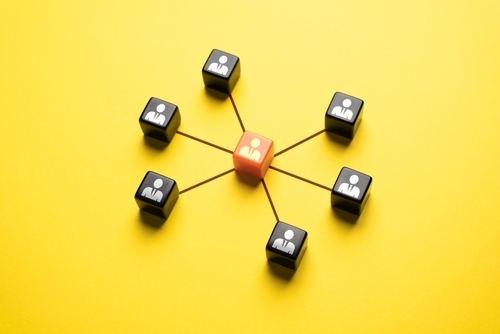
Most B2B businesses depend on partner relationships to help drive field marketing and sales, yet providing equal attention to each partner is unrealistic, especially since 20% of partners will close 80% of deals. Still, that doesn’t mean underperformers should be completely abandoned. Sometimes they’re not properly set up to succeed.
This is why B2B companies are shifting their focus to building better-balanced partner programs that can maximize channel revenue. Here are three ways to build a stronger partner ecosystem.
Streamline with Automation
A strong partner community means every partner feels properly supported and has the tools they need to market and sell at peak efficiency. A lot of what goes into building that great foundation can be streamlined through the automation of onboarding and training processes and simplifying marketing collateral creation and co-branding.
Another aspect of partner management that can be streamlined is performance tracking to be able to provide partners with personalized, creative incentives to reward performance. Using a PRM to automate these essential program assets saves time and resources in sales enablement so that partners are properly set up to master their knowledge of a product/solution and quickly bring it to market.
Build Best Practices Using AI
AI can automate tasks that don’t require high-touch engagement like follow-ups or check-ins, particularly with less critical partners. This strategy frees up valuable resources, allowing for focused one-on-one engagement with high performers while allowing AI to build and maintain relationships with the remaining partners.
Part of building best practices using AI is knowing when and where it can be a significant asset. AI should be used strategically with top partners because an overreliance on it could backfire. Take, for example, a situation where a top-performing partner needs guidance or support. They might appreciate and come to expect a personalized conversation with a human, rather than receiving an automated response that, while suitable for other partners, might feel less personal to them.
Another best practice using AI involves automating feedback collection and performance tracking to create a system that identifies what’s working well and what needs improvement.
Nurture Underperforming Partners
In the realm of partner ecosystems, there are always favorites. But when your goal is to establish an effective sales and marketing channel, it becomes paramount not to disregard the underdogs, underperforming partners. They may not be the highest revenue generators within the channel, but nurturing the performance of these smaller partners can collectively contribute significantly to overall channel revenue.
One way to nurture the underperformers is by harnessing AI for more frequent check-ins, allowing them to align their goals and receive assistance they might not proactively seek. You may be overlooking an untapped revenue source that has traditionally been ignored.
That said, it is important to have systems in place to mold a strong partner program while having the ability to disengage partners who are no longer delivering satisfactory results. From the beginning, when evaluating potential partners, they need to be assessed beyond performance metrics. They need to be aligned with the company’s vision and goals to effectively form part of a strong channel ecosystem. This approach combined with the nurturing of smaller partners is vital for the sustained growth of your partner program.
The importance of building a network of strong partner relationships is becoming increasingly apparent to B2B businesses. Through the optimization of partner onboarding processes, the use of AI to establish best partner practices, and offering thoughtful attention to even the lesser-known players in the channel, companies can create a powerful partner ecosystem that maximizes their visibility and revenue potential.
Get our newsletter and digital focus reports

Stay current on learning and development trends, best practices, research, new products and technologies, case studies and much more.


